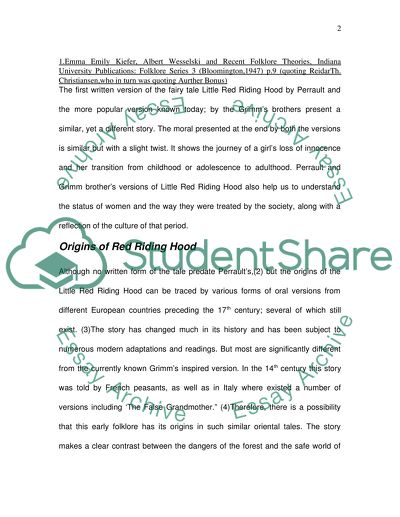Cite this document
(“Folklore Tale Little Red Riding Hood Book Report/Review”, n.d.)
Retrieved from https://studentshare.org/literature/1509174-folklore-tale-little-red-riding-hood
Retrieved from https://studentshare.org/literature/1509174-folklore-tale-little-red-riding-hood
(Folklore Tale Little Red Riding Hood Book Report/Review)
https://studentshare.org/literature/1509174-folklore-tale-little-red-riding-hood.
https://studentshare.org/literature/1509174-folklore-tale-little-red-riding-hood.
“Folklore Tale Little Red Riding Hood Book Report/Review”, n.d. https://studentshare.org/literature/1509174-folklore-tale-little-red-riding-hood.


